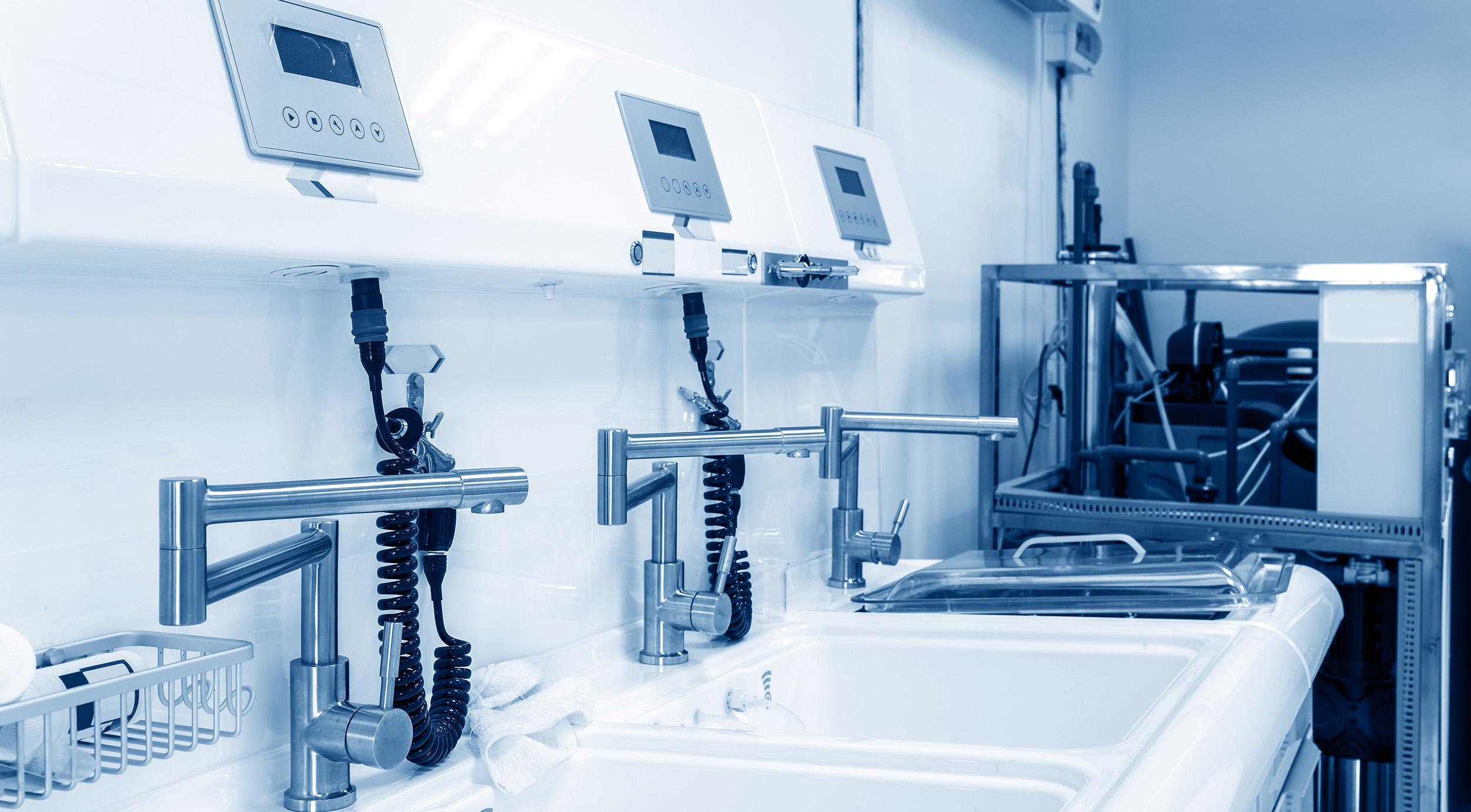
Research into potential reprocessing pitfalls shows that each of the individual steps are critically important in preventing biofilm formation and reducing the risk of patient cross-contamination.
And a new study questions some conventional wisdom around how to adequately dry endoscope channels. In particular, the use of the alcohol flush in an automated endoscope reprocessor (AER) followed by hang drying of endoscopes.
Moving alcohol through endoscope channels in the AER, believed to aid in later hang drying, actually hinders the process. This is according to “Efficacy of flexible endoscope drying using novel endoscope test articles that allow direct visualization of the internal channel systems,” recently published in the American Journal of Infection Control.
Alcohol flushes were shown to make no difference on the efficacy of hang drying, and alcohol sometimes remained in endoscope channels after the drying step was completed. In fact, alcohol has fixative properties that may lead to alcohol-fixed bioburden on patient-ready scopes, the authors noted.
Residual alcohol lingering in endoscope channels may be introduced to patients’ tissues during procedures. This can cause irritation and damage to epithelial and mucosal surfaces.
The study does not advocate for alcohol flushes to be removed from reprocessing. But compressed air drying is essential after an alcohol flush, the authors conclude, as it is more effective at removing residual alcohol than hang drying.
While compressed air drying was found to be more effective at removing residual moisture after an alcohol flush, compressed air drying took longer when an alcohol flush was used on endoscopes, according to the study.
The task of removing moisture from long, narrow channels that have been submerged in water and chemical solutions and then through high-level disinfection and rinse cycles in an AER is inherently difficult. There are also several other factors that contribute to inadequate flexible endoscope drying, including:
Endoscope reprocessing is a complex process that includes 50 to 100 steps for proper disinfection between uses. It can take close to two hours to complete and studies have shown that even strict adherence to every step can leave endoscopes contaminated.


